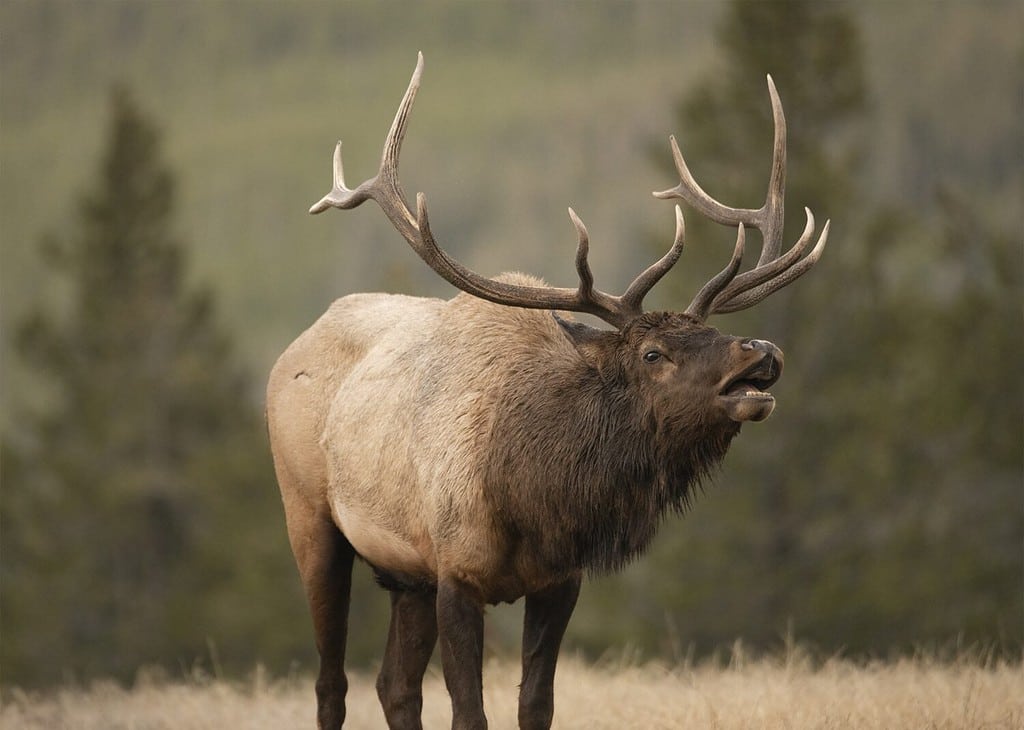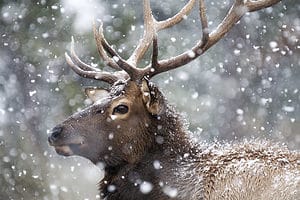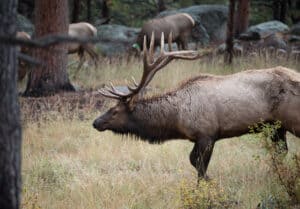We are merely residents of a land that was once occupied by animals. So, we guess that we could say we are merely guests of the land that animals habitat in. As such, we need to protect and respect these animals. Sometimes, we need to intervene when animals get aggressive. However, most of the time, animals in the wild just want to live their lives and not bother humans or be bothered by them. We see this happening in Washington with a very grumpy resident.
Grumpy Elk Sighting in Washington
A famous resident of Whidbey Island in Washington has been rather grumpy lately and has been upsetting Washington residents. This grumpy resident is an elk named “Bruiser.”
The Washington State Fish and Wildlife official Ralph Downes said, “He’s the only elk on Whidbey Island.”
Downes goes on further to say, “We’ve seen him be detrimental to yard art, tarps, trees, shrubs, bicycles, a little bit of everything. And unfortunately, most recently somebody didn’t heed his warning, and he did do some damage to an automobile.”
Bruiser the elk came to Whidbey Island over 10 years ago. It was reported that he came from Skagit County along with the herd of elk he was with, only he never returned. He decided to make Whidbey Island his permanent home.
Downes reported on Komo News, in the newscasting shown at the bottom of this news article, that “This time of year, he (Bruiser, the elk) tends to get a little frustrated. Because he doesn’t have anyone to wrestle with and he can’t find anyone to have as a companion.”
While residents might assume that it would be best to relocate an animal that is showing signs of aggression towards people, the Washington State Fish and Wildlife official Downes offers his warning “Now that he’s getting up there in age, it would be far less appropriate or conducive to think about relocating him.”
This alone begs the question of just how old elk live to be.
How Old Do Elk Live?

Elk can weigh up to 1,300 pounds.
©Roy Nelson/Shutterstock.com
Elk (Cervus canadensis) of the family Cervidae is a large mammal that is known to live a solitary life or one in a herd. They can be found throughout North America, Central Asia, and East Asia. They can live anywhere from 10-15 years in the wild and up to 20 years if they are in captivity.
Watch the Incredible Footage Below!
The photo featured at the top of this post is © Michael Bryant-Evans/iStock / Getty Images Plus via Getty Images
Thank you for reading! Have some feedback for us? Contact the AZ Animals editorial team.







